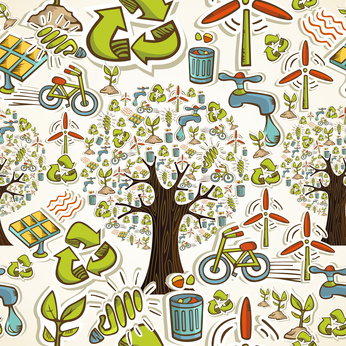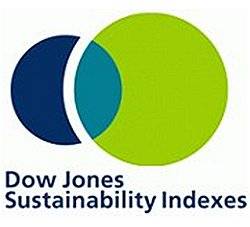Why does environment regulation fail?
Since decades, economies have followed a ‘linear model’ better described by a ‘take, make and dispose’ approach. The ‘resource efficiency’ perspective, popular with business organizations, has primarily focused on creating economic value at the cost of environmental degradation. In essence, it essentially boils down to a ‘take less, make more’ approach, leaving the critical function of disposal unattended.
For long, waste disposal has been considered as something that fell outside the purview of business. And perhaps the reason we have government-installed regulatory mechanisms to control waste disposal behavior of companies. A sizeable part of our regulatory machinery is tuned in to ensure compliance on various environmental laws and standards.
But this has had its obvious drawbacks. Multitude of laws are difficult to impose, and often have overlapping objectives and sometimes, even work at cross-purposes. Over years they have bred a ‘compliance mentality’ in industry. Managers tend to restrict their efforts to meeting the ‘minimum standard’ thereby not putting into action their entrepreneurial creativity in finding solutions that could reduce or reuse waste. Moreover, the costs of administering regulation and compliance are high for both the government and industry. Owing to these reasons, environmental regulation has met with limited success.
Why is circular economy better?
Unlike the ‘linear model’ economy where a slew of regulations, poorly related to one another, are to be followed, a circular economy can entail a network of laws to establish market linkages between waste producers and waste users, thereby creating the necessary demand and supply forces that are compatible and sustainable.
Industrial waste has value. Many innovative efforts in utilizing waste are giving promising outcomes. Industrial waste can be used in road construction. Fly ash, a residual waste product from burning of coal, has been used in making bricks and are being used in building construction. Rare earth metals and minerals can be extracted from e-waste. New technology can help recycle waste water fit enough for drinking. Different types of industrial wastes such as plastics, blast furnace slag, used engine oil, spent oil shale, marble dust, waste tires, china clay, demolition waste etc are available which need to be put to more effective use.
Similarly, organic waste, which most often finds its way to landfills or incinerators, has immense potential. The most common usage of biological waste is to produce compost, fertilizer and feed. However, a substantial part is fermented or incinerated for generating heat or energy. Both these uses are believed to be at the low end of the value chain. Discarded food carries some of Nature’s unique endowments which can aid in production of speciality chemicals for use in pharmaceutical industry. Biological waste is host to complex molecular structures, which can be beneficial to human health. These molecular structures are often difficult to replicate artificially in laboratories.
In a circular economy, waste, which otherwise either gets destroyed in an incinerator or gets dumped in a landfill, is taken as an input resource to create new business opportunities. This raises the level of involvement from industry, which goes beyond the ‘compliance’ barrier as now they have the freedom to exercise their creativity to optimize value from waste. As a consequence, new jobs can be created that can reduce unemployment.
In a circular economy, pilferage is reduced, waste is utilized to the maximum possible extent, and the residual toxic compounds disposed off safely. This potentially turns out to be cost-effective, as leakages in the economy are plugged.
To whom should this matter most?
The idea of circular economy has been in existence since the 1970s. However, its proponents have not been able to bring this concept out of its theoretical moorings, which is why business often shuns any talk on the subject. Their frustration perhaps lies with the governments as they are better positioned to effect change, and in some cases only they can bring about a change in terms of creating a market for waste.
Emerging economies have thus far focused on development sans environmental concerns confusing it to be a recipe for success. The third industrial revolution is currently taking place in China and India. With huge populations and rising incomes, the consumption levels are set to rise very substantially. The waste generated in this process of development would be humongous.
The responsibility of developing a circular economy rests with the governments. They need to set a regulatory framework that is conducive to ‘innovation’ in waste and develops a ‘market’ for waste. Governments need to fund research to explore innovative ways of converting waste into useful products. Legislation must put a ban on use of land fills and incinerators for waste disposal. Industry standards must be set to monitor quality of recycled products available for retail end users. The markets must be incentivized to adopt such products.
Undoubtedly, there is value in waste. Emerging economies cannot afford to let this opportunity slip by. Banking upon circular economy principles would boost development and lessen the impact on environment.
Written by the Editorial Team at ThinktoSustain.com If you have any views, similar or divergent, do write to us at editor@thinktosustain.com














